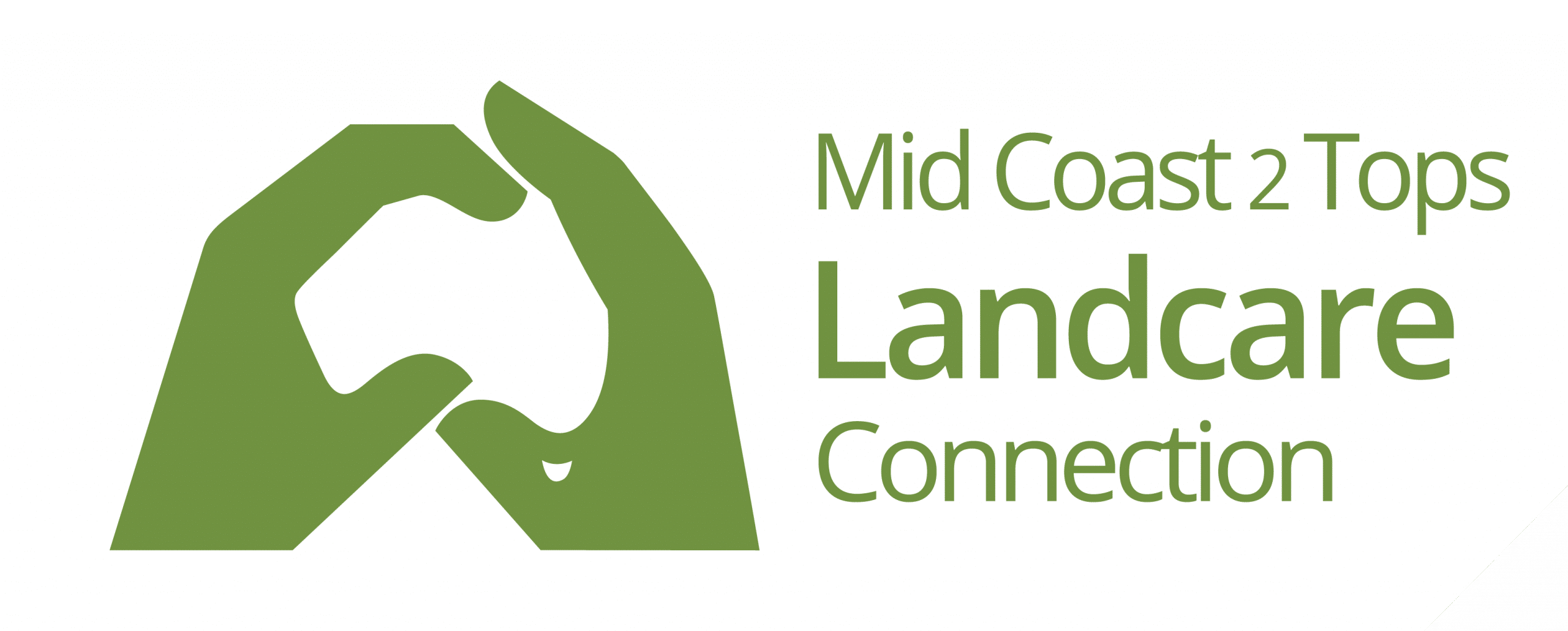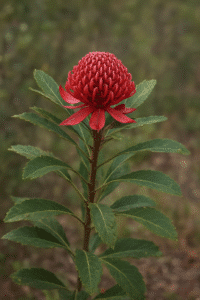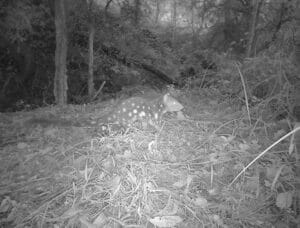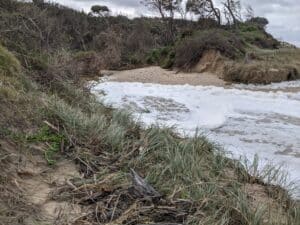The Far Eastern Curlew is the largest shorebird in the world, growing up to 60cm tall.
What do they look like? The birds are a bulky, dark-streaked brown wader, with a long neck and legs.Their plumage is flecked brown and tan and they have iconic curved black beaks for digging food out of mudflats or sand. The female’s bill is usually longer than the male’s and averages 185 mm in length.
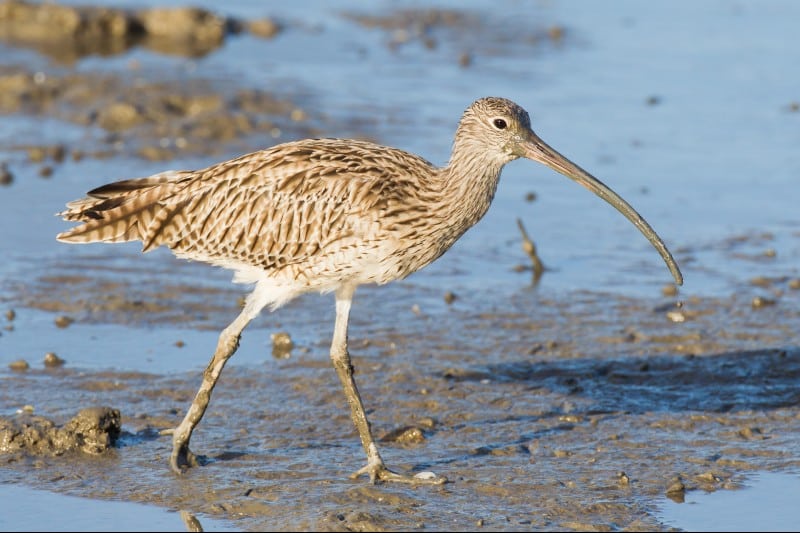
Photo: Jukka Jantunen /Shutterstock
When flying, the barred flight feathers are visible, lighter under the wings and dark above. Both sexes have similar plumage. They are wary birds, and will take flight at the first sign of danger.
What do they eat? They eat mainly small crabs and molluscs as well as shrimp, prawns and even insects. They forage by day and night, slowly and methodically stalking on sandy and muddy flats, picking from the surface or probing deep with their long bill.
What do they do? They are named for their call of ‘cuuuurlew’. The males using their haunting calls and display flights to attract a mate and defend their territory. The nest they build is a shallow depression lined with grass.
The Eastern Curlew begin their life in Russia or north-eastern China before flying more than 10,000km to enjoy the Australian summer. It is estimated that the population of Eastern Curlews in Australia have declined by up to 80% in the last 30 years.
Why? Flying across the globe they rely on intertidal mudflats for food and habitat but such places are being developed or eroded putting the birds at risk. Sea level rise as a result of anthropogenic climate change is also likely to have a long-term negative impact on the loss of intertidal habitats.
What can you do? Leaving these birds to feed in peace by preventing dog or human disturbance is important. As is collecting litter from shore lines to minimise pollution of feeding habitats.
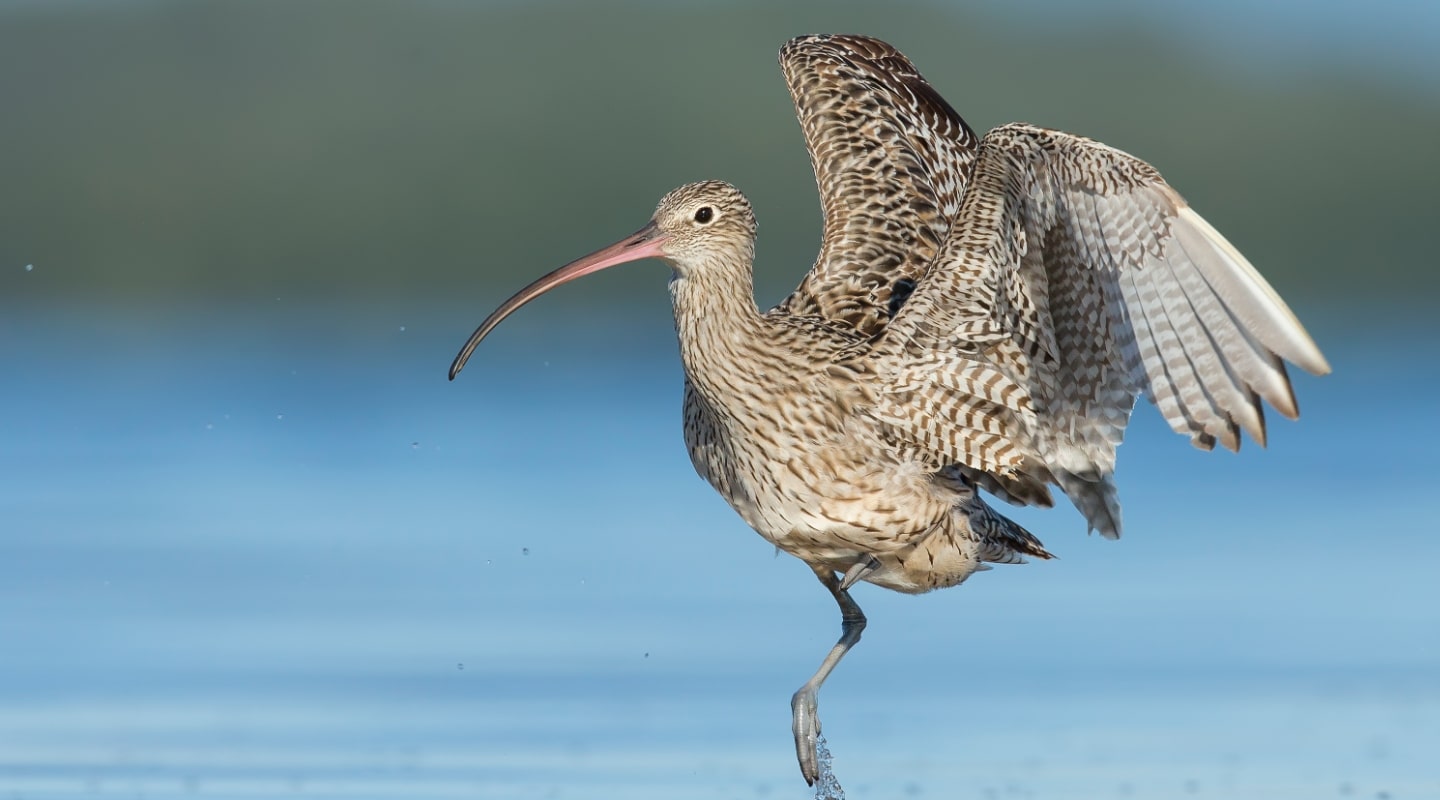
Photo: Michael Toms
References
BirdLife Australia Bird Profiles far-eastern-curlew
Threatened Species Recovery Hub Recovering the Far Eastern Curlew
Australian Conservation Foundation Eastern Curlew
